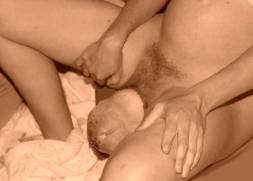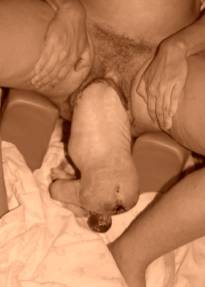
Since the beginning of 1999, 60 vaginal breech births have taken place using the BirthRite Seat at this hospital. One obstetrician has cared for these women. Unless the mothers had given birth to a previously big baby (larger than 4000 gm) they all had CT pelvimetry to ensure pelvic adequacy. In addition, an ultrasound was performed to assess fetal weight and head circumference. All the women and their partners received extensive counselling about the process of breech births and possible associated procedures. Risks were discussed, along with the safeguards that were in place in the face of these risks. Thirty-five women were primigravidae and twenty-five women were multigravidae.
During labour, most of the mothers did not have any form of analgesia. Only three of the women had epidurals. Once the epidural wore off and the mothers were ready to push, they used the BirthRite Seat as did all the other women.
A very important part of the care of labouring women at our hospital is taken by the midwives. Besides the positive effects of the continuous mental-emotional support they provide for the labouring mothers, there are a good number of midwives at our institution who feel confident with breech births. In addition, the one obstetrician attended all these births.
During the second stage of labour when there is a strong pushing urge, the women are seated on the BirthRite, with their partner supporting them from behind. The baby is monitored continuously. Should there be any perception that the contractions are inadequate close to the birth, Syntocinon is used to augment these contractions.
The baby’s body delivers spontaneously. The legs are not touched. An episiotomy had to be performed in only three out of the sixty mothers, due to fetal heart rate decelerations. Once the baby’s body is out to above the umbilicus, the mother gets up into a supported squat to encourage further descent of her baby. The shoulders are allowed to deliver spontaneously. If this does not happen reasonably promptly then they are swept out. Lövset manoeuvre is not used routinely but only in more difficult cases. In 50% of cases the baby’s head immediately follows the shoulders. If the head does not deliver spontaneously then it is flexed out with a finger in the mouth of the baby.


There have been no difficult births among the sixty mothers. All the babies have had good Apgar scores and there have been no cases of asphyxia. There has been one fourth-degree tear among the sixty women. This occurred in a woman who had an adequate pelvis and a small baby (2860 gm). No other cases of significant perineal trauma have occurred. One mild case of Erb’s palsy occurred in a second twin (unplanned vaginal breech delivery). This resolved by the time of the mother’s discharge from hospital. There have been no cases of significant birth injury to the baby. Only one of the babies weighed more than 4000 gm. The largest head circumference was 38 cm.The average was 34 cm.
This Birthing Seat seems to facilitate descent of the baby through the birth passage. The mothers can achieve excellent pushing and there is good access to the baby should manipulation be required.
80% of the mothers say that sitting on the BirthRite feels like a good position in which to push, in that the position on the seat assists them with focusing on this process.
Internal statistics of vaginal births show that, at our hospital, approximately one-third of mothers give birth on the bed, one-third give birth kneeling and just under one-third use the BirthRite Seat. The seat was designed by an experienced Midwife-Practitioner and introduced at our hospital in 1994 after a three-month trial and assessment period.
— Dr Andrew Bisits, FRACOG
Specialist Obstetrician
Newcastle NSW Australia
mdambi@mail.newcastle.edu.au






No comments:
Post a Comment